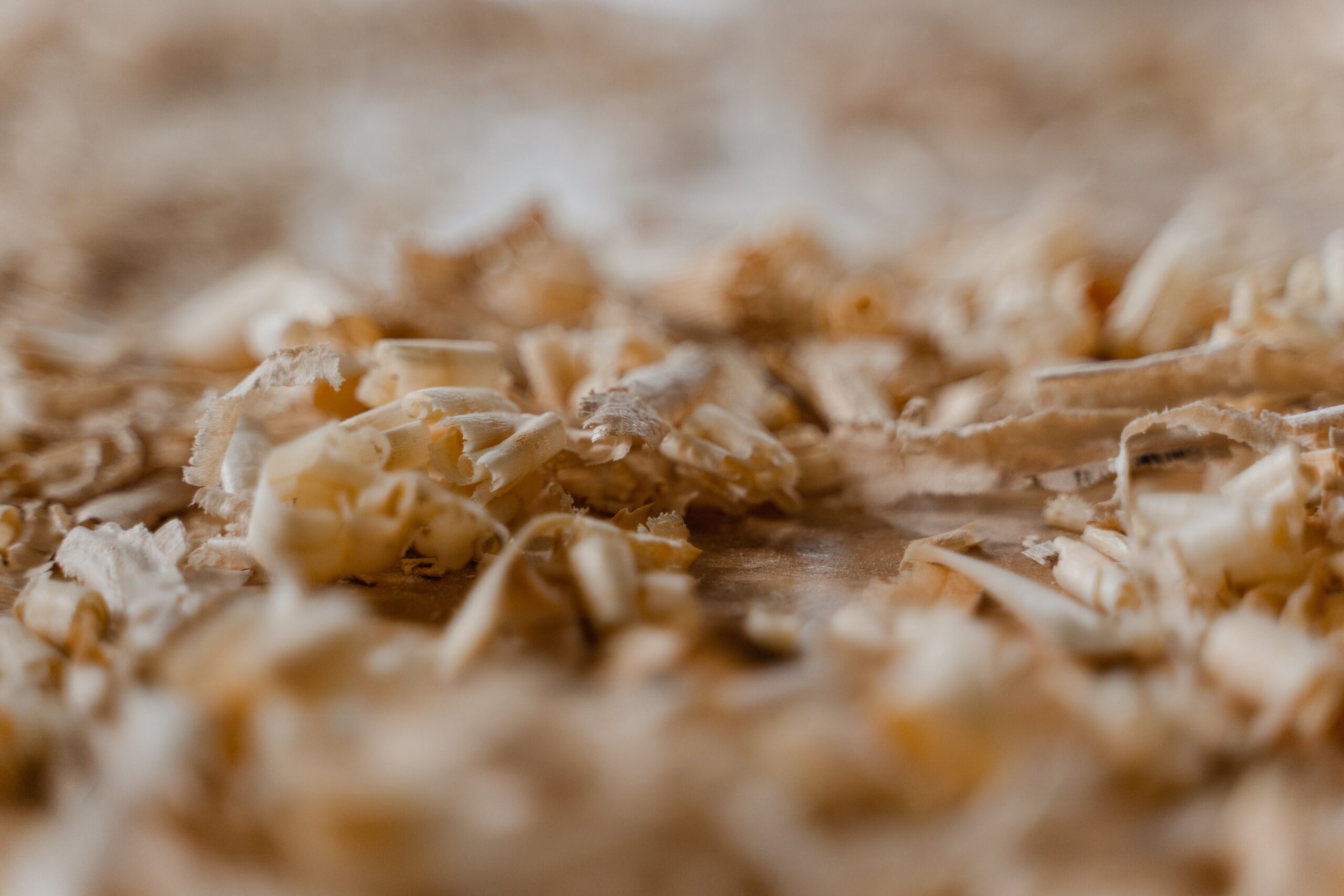Interesting blog post - there is language so @ScottM or @Mike Davis if you think it doesn't belong please hard delete!!!
I was on the interwebs this morning and I am a member of the Wood By Wright Hive Mind and he posts some os Avisato.com blogs
This one was on the flatness of the sole of a hand plane - if you can ignore a little of the language - it really makes you stop and think!

 avisato.com
avisato.com
I was on the interwebs this morning and I am a member of the Wood By Wright Hive Mind and he posts some os Avisato.com blogs
This one was on the flatness of the sole of a hand plane - if you can ignore a little of the language - it really makes you stop and think!

just plane flat? - avi sato
while i’m on the subject of frequent woodworking questions, the first one that always comes to mind is this. i’ll give you a little background. […]
